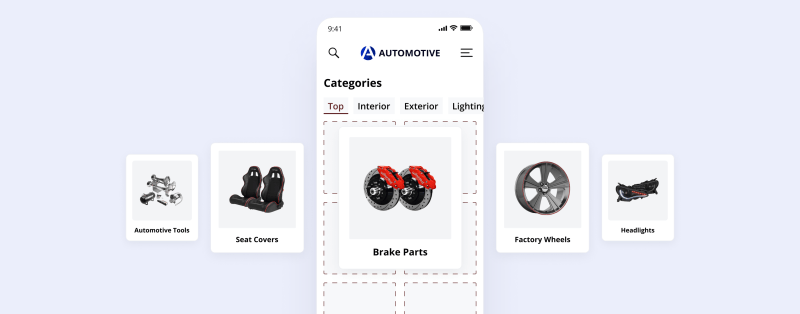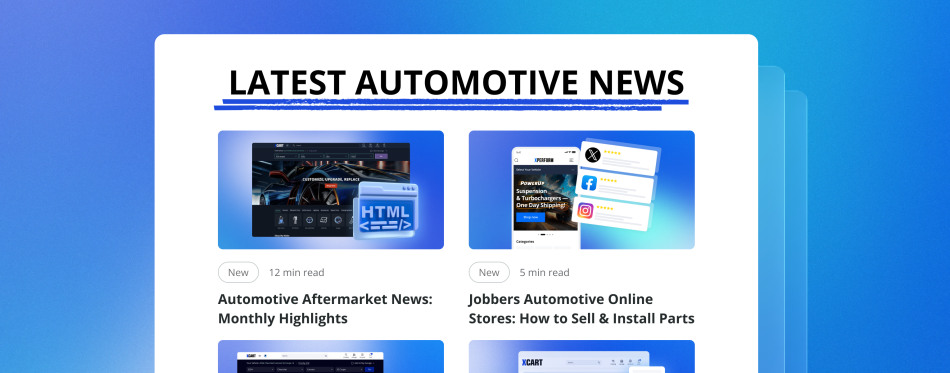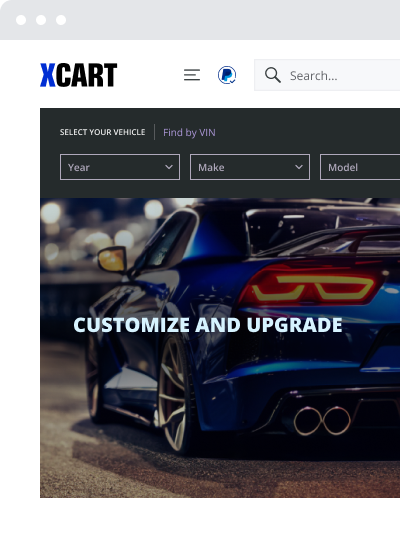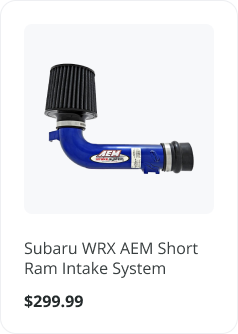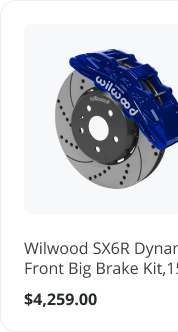Automotive Catalog Management Made Easy: From Fitment Data to Online Sales
Published: January 19, 2024. Updated: August 8, 2025
A well-structured eCommerce catalog is a cornerstone of each automotive online store. Even the best strategies for selling auto parts online and the most effective ways to market your website will be fruitless if your car parts catalog is disorganized and customers struggle to quickly and easily find the car part they are looking for.
This is where you’ll need a multifaceted strategy for automotive catalog management to help you efficiently add, structure, and update auto parts data. Below, we’ve highlighted the most crucial aspects of creating and maintaining your online catalog, and we see them as integral components of one complex approach:
- Catalog data integrity and precision
- Product listing optimization and enhancement
- Accurate fitment data and parts search
- ACES and PIES compliance
- Extra tools for catalog management and user engagement
Let’s take a closer look at each of them.
Catalog Data Integrity and Precision
Years ago, before eCommerce started conquering the automotive world, creating and updating online product catalogs was time-consuming.
Unlike traditional brick-and-mortar product databases, digital catalogs are much more flexible and easier to maintain. There is still an option to add the products manually; however, thanks to the bulk editing feature, it now takes much less time to make changes to product details or pricing information.
How can auto parts sellers streamline catalog setup without wasting hours on manual updates?
For your convenience, some automotive eCommerce platforms already have pre-built integrations with trusted catalog providers, including SEMA Data, ASAP Network, AutoSync, and DCi, so that you can source high-quality product data directly from their databases.
Even better, you can combine data from various sources and maintain accurate product information across multiple channels with the following must-have catalog management tools:
- Category mapping – Match supplier categories with your store’s structure for a cleaner catalog setup.
- Scheduled data imports – Set your own import schedule to update product data and pricing automatically without disrupting the customer experience.
- Multi-channel sync – Bulk edit products from your admin and sync updates to platforms like Amazon and eBay Motors.
- Product information management (PIM) systems – By automating updates, organizing product categories, and synchronizing listings across sales channels, PIM tools minimize manual effort and enhance data accuracy, ultimately improving operational efficiency for auto parts sellers.
All these features are powered by eCommerce automation, facilitating catalog management and improving operational efficiency and user experience. For any business, that’s a win, but for an auto parts store managing thousands of SKUs, it’s essential.
Does X-Cart support catalog automation? Definitely. With built-in integrations to leading catalog providers, smart category mapping, and scheduled imports to keep your data clean and consistent, it’s built to handle the complexity of automotive eCommerce.
But don’t have our word for that – our clients say it better. Learn more about the ICI’s journey to eCommerce success backed by X-Cart: from paper catalogs to online retail.

Ready to see what’s possible for your automotive store?
Automated eCommerce Catalog Management: How It Helps
✓ Saving lots of time and effort
The vast amount of product information can be imported to your website in a few clicks. Thus, automation frees up your time to focus more on scaling your business and less on maintaining it.
✓ Keeping the auto parts catalog up-to-date
Automation is of immense help in regular product catalog information updates. Once connected to the data supplier, you can schedule updates in the admin area, and your data will be automatically renewed as often as needed.
✓ Ensuring auto parts fitment accuracy
With accurate and well-structured product data, auto parts sellers can streamline inventory management, reduce the risk of inaccurate orders, and ensure that customers get the right parts for their vehicles.
Optimization and Product Listing Enhancement
Even with top-tier data from providers like SEMA Data or DCi, managing an automotive catalog is a never-ending task. In fact, keeping your product listings optimized is what keeps them converting. That’s why we’ve gathered proven tactics to help turn your parts catalog into a high-performing sales engine.
So, what sets a strong auto parts catalog apart, and how do you optimize it for more sales?
✅ Accurate Fitment Mapping – Reduce returns by ensuring every part fits as it should.
✅ Detailed Descriptions – Go beyond basic specs. Inform buyers about the part’s function and its significance.
✅ Clean Visuals and Multiple Images – Show the product from every angle: a picture is still worth 1,000 words.
✅ Clear Titles – Use the key information that your customers (and search engines) need.
✅ SEO and Navigation – Make it easy to find parts through search and category filters.
✅ Compatibility Tools – Let shoppers enter Year/Make/Model to find matching parts faster.
✅ Social Proof – Ratings and reviews help convert hesitant buyers.
✅ Upsell and Cross-Sell Features – Suggest related or upgraded parts to boost your average order value (AOV).
Accurate Fitment Data and Parts Search
Unlike shopping for apparel, consumers don’t casually scroll through pages comparing items from different brands when it comes to auto parts. They’re typically searching for a specific part that fits their exact vehicle. In fact, according to Forbes, 61% of visitors will leave a website if they can’t find what they need within just five seconds.
That’s why maintaining consistent and accurate data is critical in automotive catalog management. Fitment precision, reliable specs, and clear information all contribute to a better customer experience and fewer returns. To support this, leading data providers adhere to ACES and PIES standards to ensure that catalog data remains accurate and up-to-date.
What Are the ACES and PIES Standards?
Aftermarket Catalog Exchange Standard (ACES) is a universal standard for compatibility information of parts and vehicles. It describes fitment data for automotive parts and helps the store owners sort the products by Year, Make, Model, type of engine, and other parameters.
Product Information Exchange Standard (PIES) is another automotive-specific standard focused on valuable product data and features like country of origin, materials, weight, etc.
By mentioning ACES and PIES, we recall the importance of the aftermarket data provider you choose and the quality of information you get (and give to your customers). Certainly, X-Cart, as an automotive-centric solution, has established partnerships with trustworthy companies that are aligned with the automotive industry standards. It all makes importing and maintaining catalog data safe and credible.
Fitment Search Tools for Auto Parts Stores
Keep your customers from getting lost in your product catalog! To ensure car part compatibility, you can use the following tools:
1. eCommerce search engine
The search engine is a must-have eCommerce feature, as many online shoppers head straight to the search bar when they need something particular.
At X-Cart, we have CloudSearch, a smart search and filtering engine. It empowers the customers to find the auto parts they need instantly. As a person starts typing, CloudSearch immediately autocompletes the request, corrects the spelling, and recognizes the synonyms. With the built-in analytics, you can determine whether you need to change the search rules to get your products discovered.
2. Year/Make/Model filters
This fitment search tool allows car parts buyers to instantly find the products made precisely for their vehicle among thousands of SKUs.
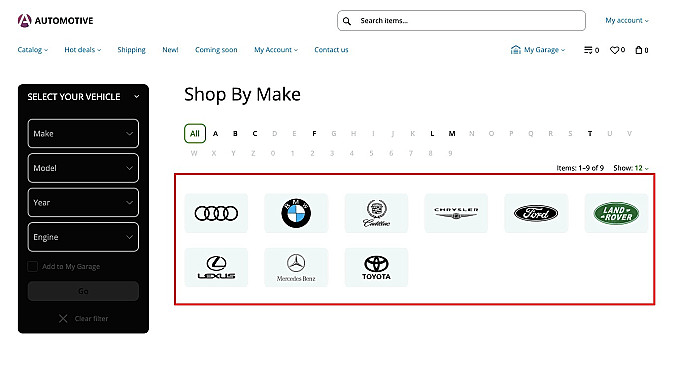
3. My Garage
This feature saves the buyer’s ‘car’ and vehicle data to the virtual garage. In case the customer returns to your store to buy another part for their car, they do not have to configure filters again.
In a short X-Cart Automotive Demo video you can see these automotive-specific features in action.

4. VIN lookup
This instrument enables finding compatible car parts by entering the vehicle identification number into the search bar on your website. VIN lookup can be considered as an alternative to Year/Make/Model filters, though having them both enhances search accuracy.
Utilizing any of these tools maximizes auto parts search accuracy and ensures that a product gets found if it is in your online store.
Take the First Step Toward Better Fitment Data
Stop guessing – start growing. Download the complete part fitment guide, take the best practices and give your customers seamless navigation and precise results.
- Perfect your fitment data.
- Reduce costly returns.
- Build lasting customer loyalty.
- Drive more revenue.
Automotive Search Engine Optimization (SEO)
Most of us have heard that Search Engine Optimization is an essential part of running an online store. And yet, improving it remains a source of frustration for some sellers. To get to the top of Google search results, you can opt to hire a professional SEO service or manage it on your own. The key aspects that auto parts sellers should prioritize are their keyword strategy, on-page metadata, and content optimization.
Optimizing your auto parts store for search engines doesn’t have to be complex. From SEO-friendly URLs and structured data to mobile optimization and image tags, every element plays a role in helping customers find your products.
To make things easier, we’ve created a step-by-step instruction for configuring key SEO settings:
- Set title tags and meta descriptions for categories and products.
- Add alt text to product images.
- Generate and customize your sitemap.
- Manage your robots.txt file.
- Connect Google Analytics and Search Console for performance insights.
Also let’s not forget that expending efforts on visual product appealingness can be a win-win situation for buyers and sellers: customers get a better shopping experience, and the website’s SEO metrics improve. For example, the longer the customer interacts with the product visualizer, the more time they spend on the page, and the healthier it is for your website’s SEO metrics.
Extra Tools for Customer Engagement
Along with the powerful catalog management system that backs your online store from the inside, it is significant to configure how your storefront looks and feels. Once your product pages have become polished, you might need the tools to attract customers’ attention to the additional products besides those that they want to buy in the first place.
What are the eCommerce tools that make conversion rates increase?
- Related Products is the feature that easily combines your product with other items to go with it. The HubSpot survey states that 74% of cross-selling merchants say it drives up to 30% of their revenue. Related Products can help you kill two birds with one stone: increase the average order value and boost customer loyalty. Another aim of this section is to remind the buyers about other popular things they may be interested in, such as floor mats, seat covers, etc.
- Products Bundle add-on improves website profitability by offering more products as a single package at a slightly discounted price. For example, a set of tires with 4 tire covers or an oil change bundle that includes engine oil and a filter.
- Product Variations compactly display all possible sizes on one product page. This feature is more of a pleasant shopping experience.
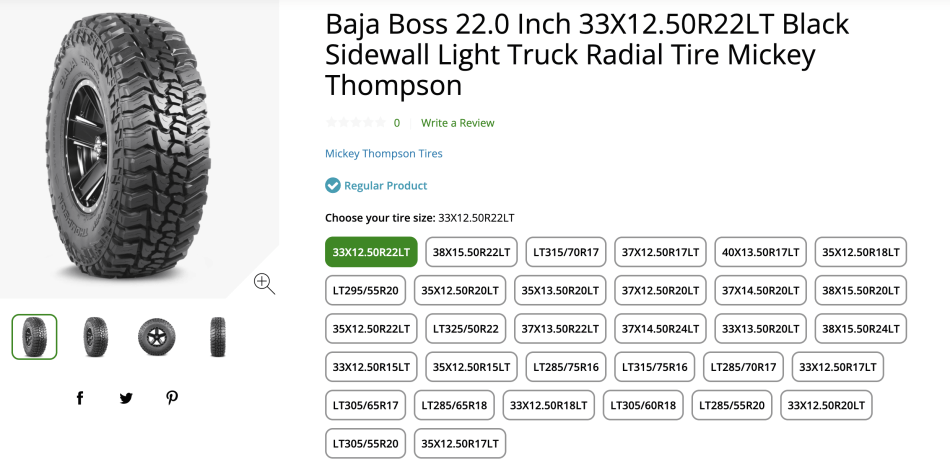
Product Visualization
‘A picture is worth a thousand words.’ To give a more complete picture of what you sell, consider implementing the AutoSync visualizer. Wheels and tires sellers widely use this tool as it shows the desired products from different angles in real time.
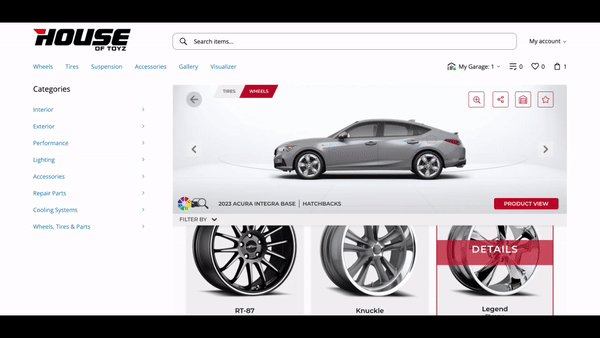
As for the product information, it is possible to go beyond the ordinary product image and product description options. For example, the ‘Custom Tabs’ tool* enriches your catalog by adding new sections with product videos or PDF files (such as warranty coverage information, care and storage, and technical details).
* available for all X-Cart Automotive packages
Customer Gallery
This feature allows you to highlight real-life applications of your products on actual vehicles. Customers can share photos of their modified cars, which you can display in a dedicated gallery. Each image links to a detailed page featuring vehicle specs, additional visuals, and direct access to the parts showcased, such as wheels, tires, body kits, and other upgrades.
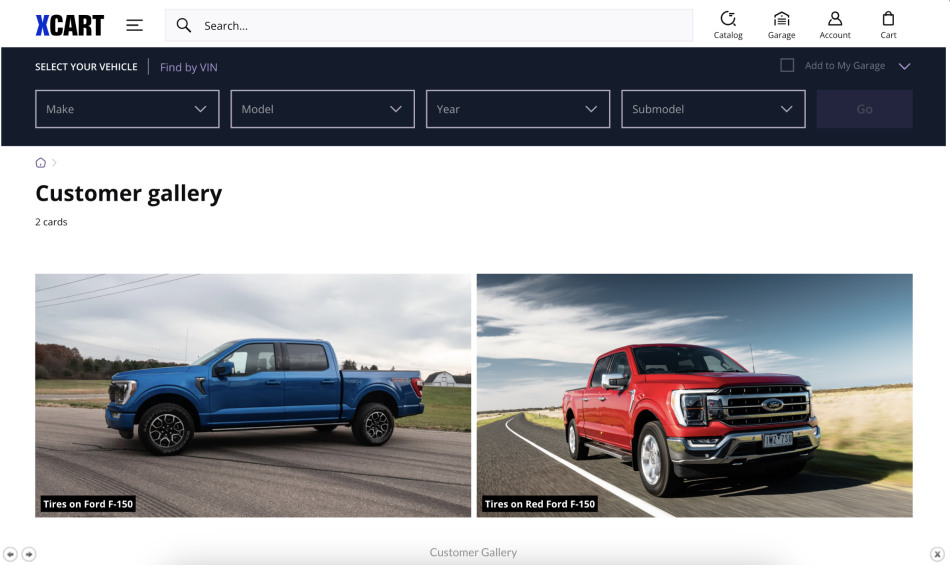
X-Cart: Overcoming Data and Fitment Challenges
Running a successful online auto parts business today requires more than just a storefront; it demands a strategy rooted in data, accurate cataloging, and seamless digital deployment.
But let’s be honest: getting it right isn’t always easy.
One of the most critical foundations for success is having an eCommerce platform that simplifies, rather than complicates, catalog digitization. That means choosing a system that minimizes risk, maximizes ROI, and grows with your business over time.
Whether you’re integrating product catalog management software into your existing platform or opting for an eCommerceengine that already includes purpose-built automotive data capabilities, choosing the right solution matters.
No two businesses are the same. But what consistently delivers results? Scalable, high-impact tools designed for the aftermarket. In fact, automotive companies that invest in ROI-driven digital strategies grow up to 2–3x faster than their competitors
Modern automotive eCommerce platforms should go beyond a basic product catalog or checkout page. They must streamline everything from inventory and fitment data to order routing and supply chain operations. That’s where X-Cart delivers: a comprehensive solution built specifically for auto parts sellers, supporting every aspect of your business, from catalog control to inventory management to customer checkout.
Embrace Data-Driven eCommerce for Auto Parts
Facilitate data management, drive your catalog towards conversions, and not just that.
About the author

